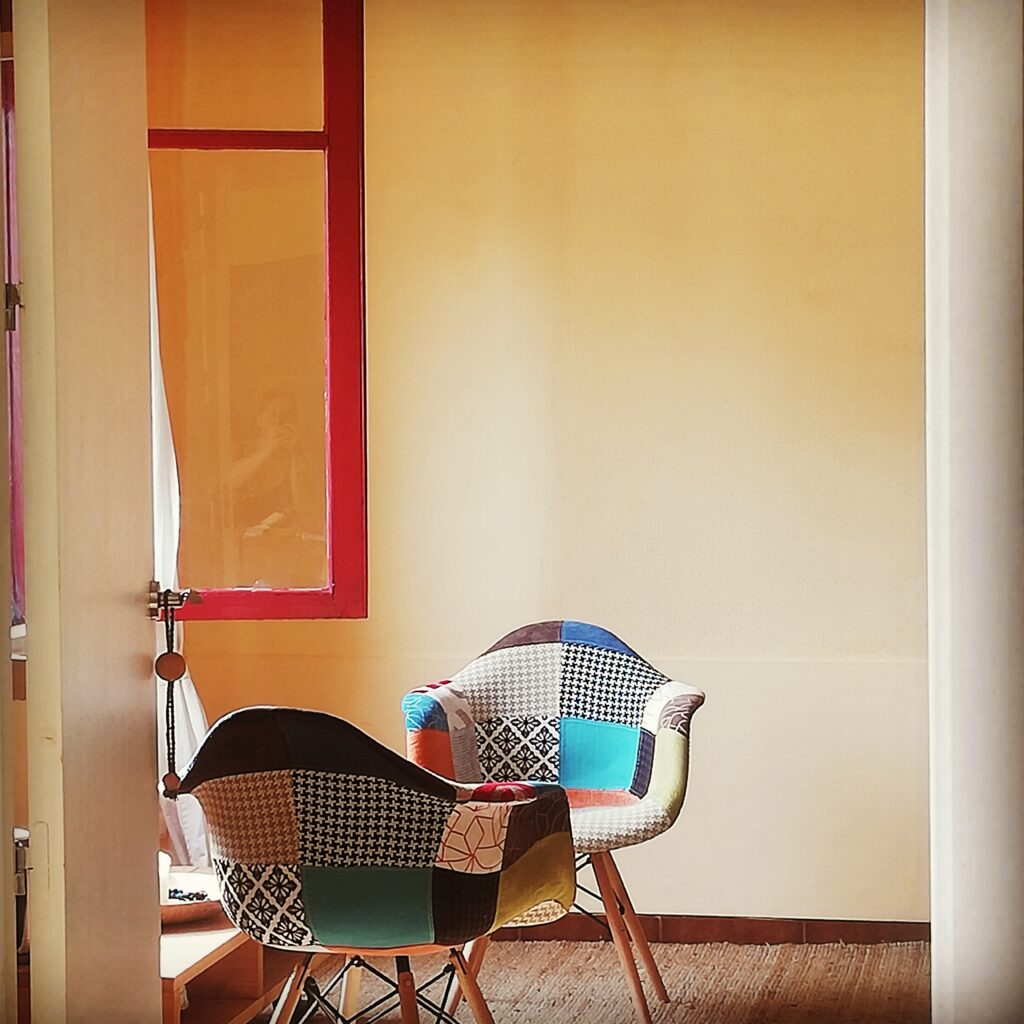Transpersonal Therapy – The exit is actually inside
Transpersonal Therapy – The exit is actually inside
What is transpersonal therapy?
While Maslow in the United States sensed the limitations of the humanist movement he had created, a Czechoslovak psychoanalyst named Stanislav Grof, rescuing the pioneering work of Otto Rank, set out to map new areas of the unconscious previously unexplored. A few years later, in the mid-60s, Grof and Maslow coincidentally met at Esalen, California, and together with Sutich, they founded Transpersonal Psychology.
Maslow, Grof, and Sutich are considered the pioneers and founders of this new current, also incorporating contributions from others such as Jung and Assagioli. Over the years, authors of the stature of Viktor Frankl, Ken Wilber, Daniel Goleman, Joseph Campbell, Huston Smith, Charles Tart, Francis Vaughan, Roger Walsh, Stanley Kripner, and many more have joined this new movement.
What defines the new Transpersonal Psychology is the recognition of the importance of spiritual dimensions and the evolutionary potential of consciousness. Its methodology brings closer the dialogue between Western psychological practice and certain principles of Eastern spiritual traditions, being the first psychological force that enjoys an integrative vision of the knowledge from both the West and the East.
Transpersonal refers to a state of consciousness that goes beyond the contents and processes with which the conscious self identifies. It pertains to a realm of higher evolution that transcends the personal self and seeks to unfold the capacity for self-witnessing of internal and external processes from an “observing self” or witness consciousness bathed in total neutrality, resulting in the dyad: observer and the object observed.
Therefore, transpersonal therapy is the art of accompanying the person on this “greater” path of evolution, self-witnessing, and of stimulating the growth and harnessing of their great internal potential.
Transpersonal therapy uses what is spoken and what is lived or experienced in the form (among other techniques) of meditation, visualizations, forced breathing (holotropic technique), and bioenergetic bodywork.
Just like spoken transpersonal therapy, and as a bodily tool in perfect harmony, we find the Californian Massage as a body therapy based on the axis of observe-include-transcend.
It is a therapy that surfs the wave of consciousness at the moment it commits to moving from thought to neutral awareness or observation, from the emphasis on information that overwhelms the minds of patients to the realm of inspiration, intuition, from reflection to feeling, honoring at all times the depth and essential identity.
Therefore, the Californian Massage is a passport that allows entry into the transpersonal dimension as it involves a transformation that goes from the encapsulated mind to the soul itself and of the world, breaking down layer by layer, disidentifying with the previous dimensions and opening up to deeper, broader, and more expanded dimensions, where it begins to be possible to intuit and understand something different, something that has always been there perennially. Is this conversation helpful so far?

The term transpersonal means “beyond” or “through” the personal, and refers to experiences, processes, and events that transcend our usual limited sense of identity and allow us to experience a greater and more meaningful reality. Daniels
Everything that happens in our emotional body has an effect on our physical body and vice versa. Illness is a messenger that an internal conflict is not being resolved.
Transpersonal accompaniment sessions
Transpersonal accompaniment sessions combined or not, with bodywork sessions for a complete physical, psychological and emotional approach. Sessions of 60 or 90 minutes.
Introduction to meditation
Introduction to meditation as a basic practice to enter and stay in the transpersonal dimension. What is meditation?
In general, the client has to carry out exercises at home, as well as practices and therapeutic techniques of concrete intervention.
Book your appointment
Get more information by contacting Lidia
